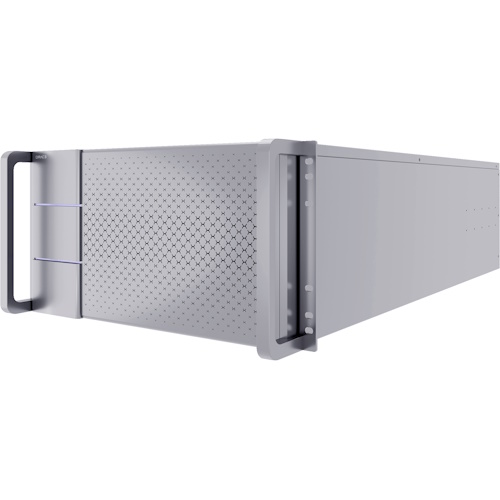ST rolls a new FD-SOI microcontroller with phase-change memory (PCM) for automotive applications
Like a battered and bruised prizefighter, phase-change memory (PCM) refuses to stay down or give up the fight. Although it got a black eye and bloody nose from its Micron 3D XPoint and Intel Optane misadventures, PCM has found its way into microcontrollers, thanks to a collaboration between STMicroelectronics (ST) and Samsung. Back in 2018, ST announced that it was sampling microcontrollers with embedded PCM (ePCM) made with a 28nm FD-SOI (fully depleted silicon on insulator) process … Read More → "ST rolls a new FD-SOI microcontroller with phase-change memory (PCM) for automotive applications"












